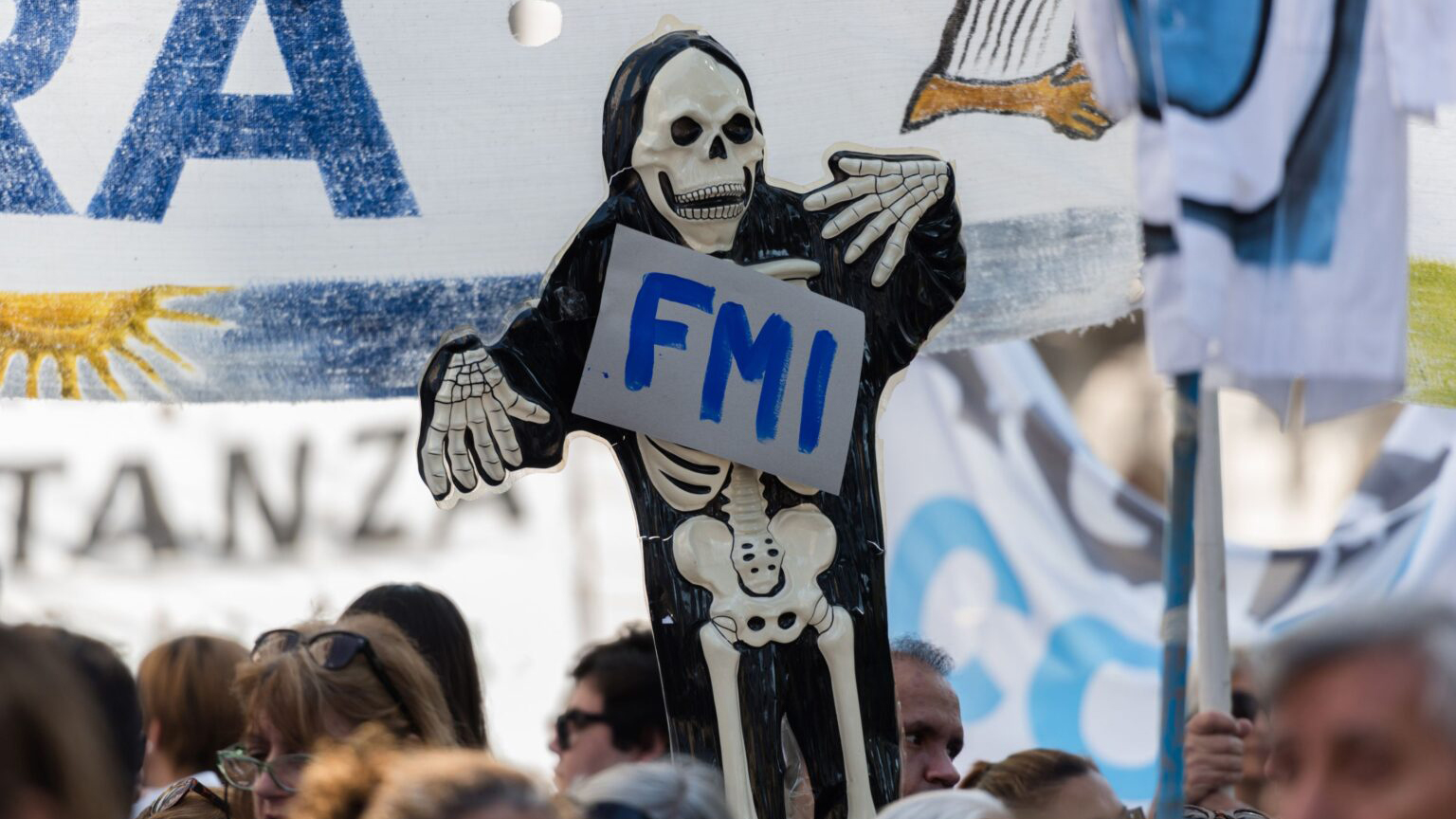On May 8, 2018, a rumor spread through different newsrooms and took hold in the streets: former Argentine President Mauricio Macri was to make an important announcement. The economic situation in Argentina at the time was beset by the closure of thousands of SMEs, unemployment, tariffs, and a sustained increase in the dollar.
Finally, in a quick and improvised press conference, Macri announced: “We have reached an agreement with the International Monetary Fund.” It had been many years since the country had heard of that organization, historically associated with crises.
This was not, however, just any agreement: it was a $50 billion loan, the largest ever taken out by Argentina and the largest ever agreed by the Fund with any country in the world.
Four years later, a comprehensive report reveals the economic and social consequences of the agreement. After Macri unilaterally agreed with the IMF, the government of Alberto Fernández renegotiated and ended up securing that indebtedness.
According to the first installment of a report developed by the Observatory on Latin America and the Caribbean (OBSAL) of the Tricontinental Institute for Social Research, “these resources should have been enough to turn the economy around, or allow it to overcome the global crisis with other tools.” And yet, according to the report, this did not happen.
“From the time the Stand By agreement came into effect until the most recent data available in the second quarter of 2021, Argentina’s GDP fell by 5.2%,” the report states.
Regarding the stabilization of the exchange rate, the agreement also had a negative effect. “The dollar went from trading at $25 at the beginning of June 2018 to being worth $60 at the end of Cambiemos’ term in December 2019, reaching $104 two years later, at the end of 2021,” Tricontinental reported.
To this must be added the existence of an exchange rate gap, which reached a 100% difference with the official exchange rate and affects the general certainty of the economy. “This devaluation dynamic has a severe impact on price increases in the country. Between June 2018 and December 2019, the general price index rose 94%, while two years later the total rise reached 278%,” wrote economists from the Tricontinental Institute, Emiliano López and Francisco Cantamutto.
But, to understand how we got to where we are today, we must take into account that the agreement with the IMF exponentially accelerated the country’s inflation.
“This acceleration of the process of inflation during the period of the agreement was particularly vicious in regard to food, the price of which rose 303% compared to its value in June 2018,” López and Cantamutto said. “The loss of wages averaged 14%, while the most affected segment was that of unregistered employment, precisely the most vulnerable sector, whose income fell 18% by December 2019 and 25% by September 2021.”
“Overall, remuneration for work went from representing 46% of national income to 40%, so that there was a redistribution contrary to salaried work in the period under analysis,” they added.
The agreement violated the Fund’s own bylaws
In addition to these dismal indicators for the country, it should be noted that the last agreement reached with the IMF was not just any other. As explained in the OBSAL report, the almost $50 billion that the organization decided to lend meant that half of its lendable resources were given to a single country, exceeding by 1100% the amounts assigned according to the quota contributed.
“There are well-founded suspicions to consider that the reasons for the agreement were not the country’s economic difficulties but the support of the government of the time by the United States. Even US President Donald Trump pressured the board of the Fund to secure the loan,” the report reflects.
Beyond any speculation, it is clear that the totality of the immeasurable fund received by Argentina caused the exchange rate hike, “something that contravenes Article VI of the IMF’s Articles of Agreement” according to the report.
“At the end of the months that elapsed until the disbursements of the agreement were suspended in October 2019, the outflow of capital from the country was equivalent to 45.1 million, a figure equivalent to the 44.5 million drawn by the agency (BCRA, 2020),” the economists highlight from part of a report of the Central Bank itself.
Overall, during the Cambiemos government, public debt went from $240.665 billion in 2015 to $323.065 billion in 2019. From representing 53% of GDP, it became 89% in 2019. In addition, debt was taken mostly in foreign currency: in 2015 it represented 36% of GDP, in 2019 it will represent 70%.
For all this, a sector of the Frente de Todos presented a bill for a large part of this debt to be financed with a tax on companies or individuals who have undeclared assets abroad. The “tax on (capital) flight” has already been approved by the Senate and could raise about $20 billion, almost half of Argentina’s total debt.
This article was originally published in ARG Medios.





